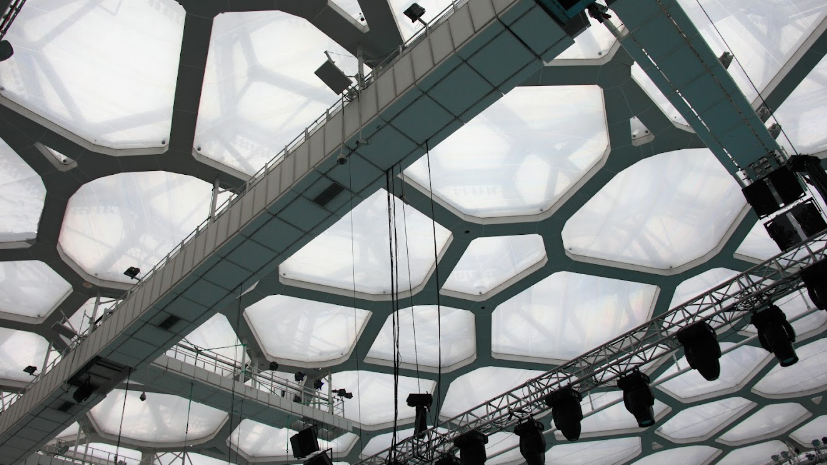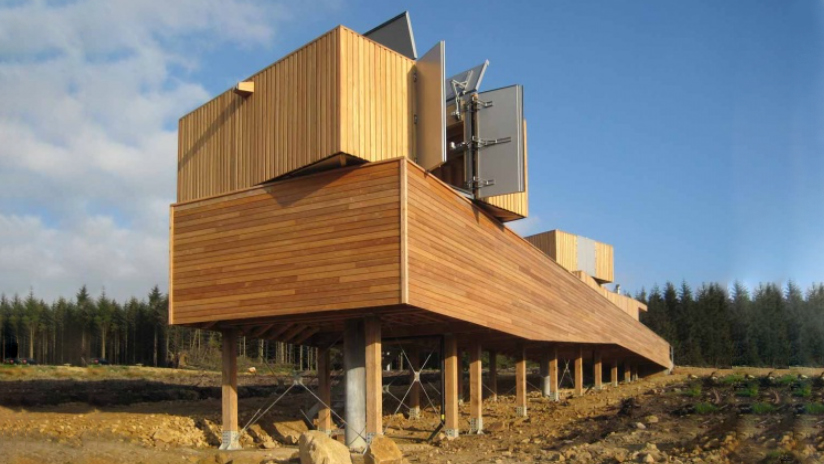Tensegrity, a term coined by Buckminster Fuller, is a structural principle based on the use of isolated components in compression within a network of continuous tension. It has gained attention in the field of architecture for its potential to create lightweight, efficient, and dynamic structures.
One of the key features of tensegrity structures is their ability to distribute loads evenly throughout the structure, rather than relying on a single support point. This makes them highly resistant to lateral forces, such as earthquakes and strong winds, as well as capable of withstanding large loads.
In architecture, tensegrity structures have been used in a variety of forms, from large-scale structures such as sports stadiums and exhibition halls, to smaller-scale buildings and even furniture.
One notable example of the use of tensegrity in architecture is the Water Cube, the National Aquatics Center for the Beijing Olympics. Designed by PTW Architects and Ove Arup & Partners, the building features a tensegrity roof structure made up of interconnected hexagonal and pentagonal cells, creating a lightweight and efficient design.
Another example is the Kielder Observatory in the UK, which features a tensegrity tower that supports a viewing platform and telescope. The tower’s design allows it to remain stable in strong winds, while also being able to withstand the weight of the telescope and visitors.
In addition to their structural benefits, tensegrity structures also offer aesthetic appeal, with their geometric shapes and interconnected components creating a unique visual effect.
While the use of tensegrity in architecture is still in its early stages, the potential for this innovative structural principle is vast. As technology and materials continue to advance, we can expect to see more and more examples of tensegrity being used in the design and construction of buildings and other structures.

